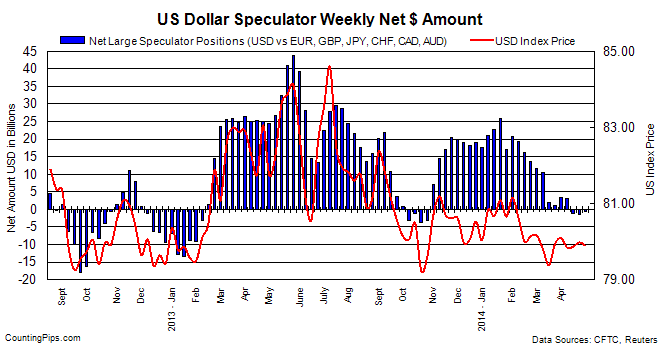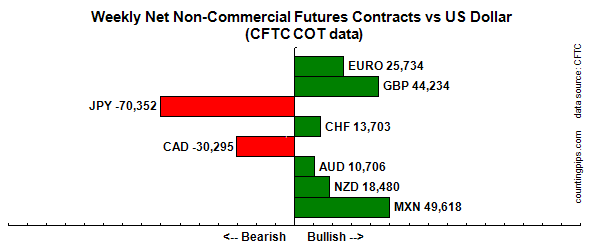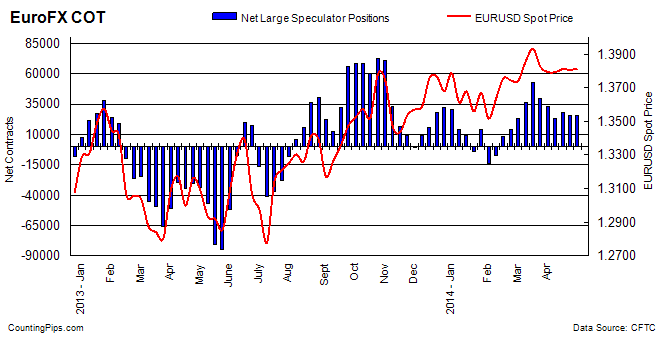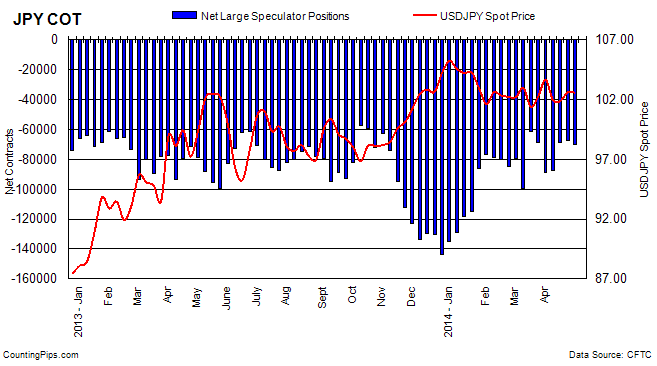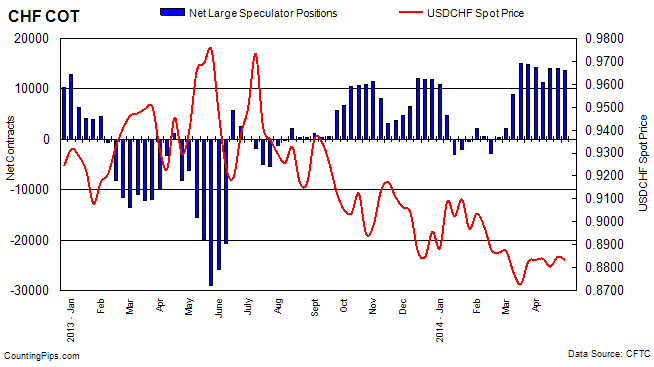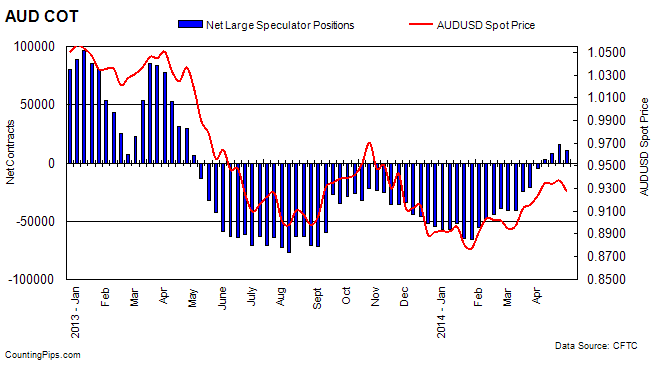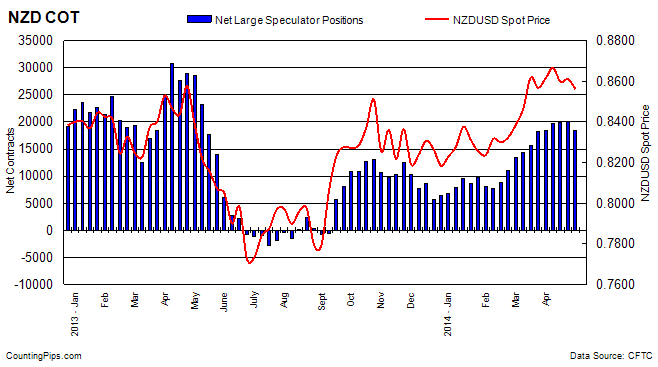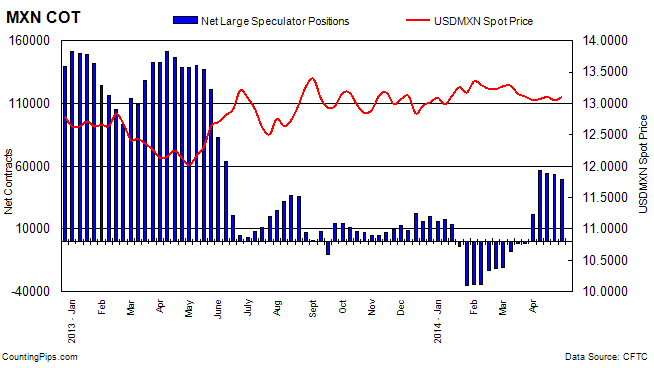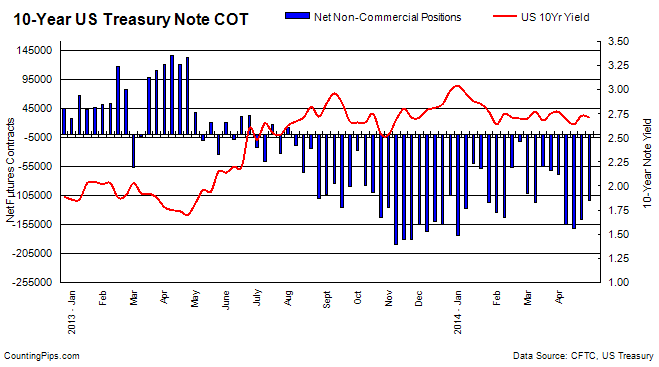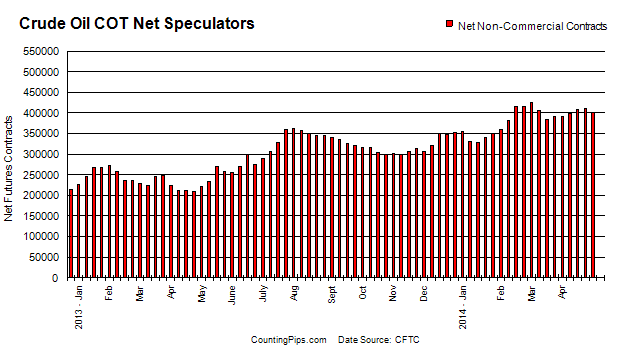We’ve given you this message for over two years.
We most recently repeated the message at the World War D conference in Melbourne.
What was the message?
It was that you should ignore the fake crises that keep cropping up and instead focus on what’s really important. In this case we’re talking about investing.
And now, one of the world’s most famous legendary investors backs our view. He says the bull market won’t end ‘for a year or two’.
He’s close, but this bull market could last another five years at least…
The legendary investor we’re talking about is Jeremy Grantham. In his latest newsletter Grantham writes:
‘The bull market may come to an end any time, indeed as I write it may already have happened. It could be derailed by disappointing global growth, profits sagging as deficits are cut, a Russian miscalculation, or, perhaps most dangerous and likely, an extreme Chinese slowdown.
‘But I believe it probably will not end for at least a year or two and probably not before it reaches a level in excess of 2,250 on the S&P 500.’
Today the S&P 500 is at 1,881. If Grantham is right the index would need to rise another 19.1% from this point to reach Grantham’s ‘peak’.
If that happens, it would be good news for our forecast of the Australian Share index hitting 7,000 points early next year. That would be on its way to taking out the 15,000 point mark over the next 3-5 years.
Three reasons stocks can keep going up
Of course, anything can happen.
Just because we say the Australian stock market is going up doesn’t mean it will go up.
And just because legendary investor Jeremy Grantham says the market is likely to go up doesn’t mean it will go up.
Like Grantham, we know there’s a whole bunch of trouble facing the world economy. And we mean real trouble, not the fake kind of trouble the mainstream press bombards you with each day.
But that doesn’t mean we’re prepared to sit on the bench and watch everything happen before us…waiting for the stock crash that could be years from happening.
For instance, despite a background of what many investors perceive as bad news, stocks can still keep going up.
There are two reasons for that. Either the news continues to be better than investors expect, or investors have already taken the bad news into account when making their investment decisions.
After all, if you want a 6% income from an investment and the only place to get that is stocks, then investors will hold their nose and buy the stocks. Naturally, when the bad news arrives they may wish they hadn’t — depending on if they can get out of the market in time.
There is a third reason. It’s that investors just don’t care. They don’t believe the bad news, they don’t know about the bad news, or given what has happened in recent years they assume the government will bail out the market.
We don’t mind warning you, stock market investing is risky. But it’s just as risky not to invest because of the risk of missing out on spectacular gains.
‘Dismal’ returns from stocks? Not so fast…
This is really important to remember. Just because things may look bad today, it doesn’t mean stock prices have to crash today.
Take this quote from Barron’s by famed value investor Seth Klarman:
‘Our view would be strongly that, on average, the returns from owning stocks are going to be very dismal over the next five or 10 years…
‘Right on page 150 of the current issue of Barron’s you find that the Dow Jones trailing P/E is now 29.1 times earnings. The dividend yield is 3%, and the market to book is 225%. Those are not the kinds of numbers that seem to me to be a launching pad for a new bull market. Nor the type of numbers that you would usually see when you are in the middle of a biting recession. Even if you looked at the more broad S&P 500, the P/E is approximately 20 and the dividend yield is about the same, the price to book is actually worse – 245%. So we cannot be optimistic about the returns from putting money into the stock market in general here.’
Klarman’s interview with Barron’s was on 4th November 1991.
Five years later in November 1996 the S&P 500 and Dow Jones Industrial Average had gained 79.8% and 99.9% respectively. 10 years after the interview in November 2001 the indexes were still up 177.8% and 217.7% respectively.
In short, bad news doesn’t always mean bad news for stocks.
Don’t call this rally over yet
Oh, and if you think things are different today because the main indices have already rallied, then maybe you need to think again.
At the time of Klarman’s interview in November 1991 the US indices had gained over 50% since the big October 1987 stock market crash.
And while it’s fair to say that the US S&P 500 has gained much more than that since the 2009 low (it’s up 175%), the Aussie index has ‘only’ eked out a 73.5% gain.
And even if you had invested in the S&P 500 index in 1996 after it had made a 176% gain over the previous nine years, the index eventually went on to record a 529% from the 1987 crash through to the 2000 peak.
Could history repeat, just over a shorter timeframe?
The disclaimer will tell you that past performance isn’t always a reliable indicator of future performance. But it’s possible. It’s certainly not impossible.
All we’ll say is this: market crashes and rallies have a habit of lasting shorter or longer than you ever expect. Right now most of the so-called commentators and analysts claim this rally is over.
Maybe it is. But we’re prepared to bet that it isn’t. That’s why we’ve pegged the Aussie index to triple from this point over the next 3-5 years.
Cheers,
Kris+
From the Port Phillip Publishing Library
Special Report: Secure and Protect Family Wealth for Generations
